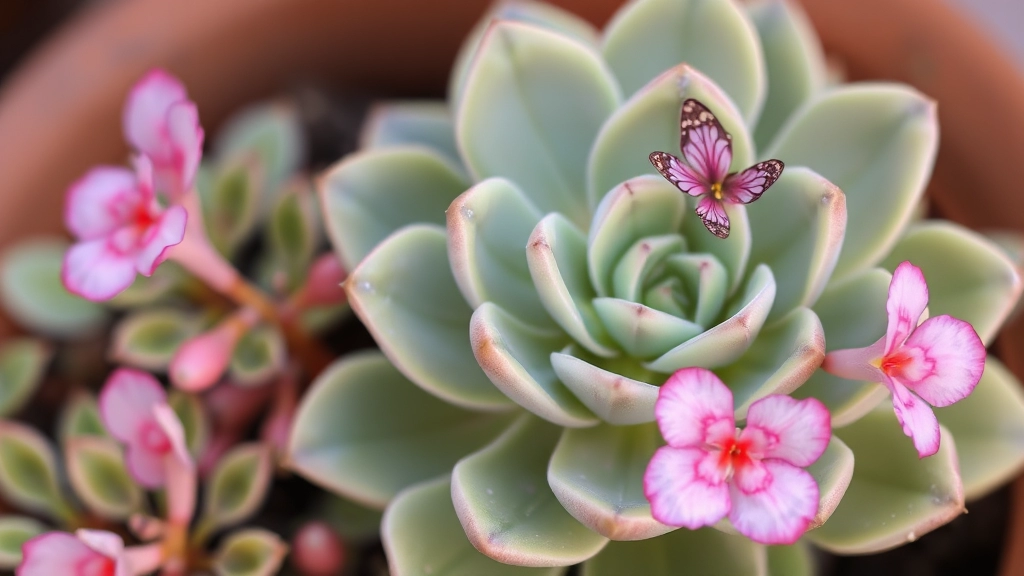Kalanchoe Pink Butterflies Succulent Care Guide
Looking to add a splash of colour to your succulent collection? The Kalanchoe Pink Butterflies succulent is an eye-catching choice, with its vibrant pink plantlets that resemble tiny butterflies. This unique plant not only stands out but also requires specific care to thrive.
In this guide, I’ll share essential tips on how to care for, propagate, and maintain your Kalanchoe Pink Butterflies succulent. From ideal light and temperature conditions to the best watering techniques and soil choices, you’ll find everything you need to keep your plant healthy and beautiful. Let’s dive in and transform your succulent garden with these stunning pink beauties.
Essential Care Tips for Kalanchoe Pink Butterflies
When it comes to caring for your Kalanchoe Pink Butterflies, many questions arise. How do I keep my plant thriving? What are the essential tips to ensure its health?
Understanding Your Plant’s Needs
To achieve vibrant blooms and healthy growth, consider these essential care tips:
- Light: Kalanchoe Pink Butterflies thrive in bright, indirect sunlight. Too much direct sun can scorch the leaves, while too little can hinder blooming.
- Temperature: Aim for temperatures between 15°C to 25°C. They prefer a stable environment, so avoid sudden temperature fluctuations.
- Watering: Overwatering is a common mistake. Allow the top inch of soil to dry out before watering again. This prevents root rot and promotes healthy growth.
- Soil: Use well-draining soil, ideally a cactus mix or a blend with perlite. Good drainage is crucial for preventing water retention.
- Fertilisation: During the growing season (spring and summer), feed your plant with a balanced fertiliser every 4-6 weeks to encourage blooming.
Propagation and Growth
Once you’ve mastered these essential tips, you may want to explore propagation methods for your Kalanchoe Pink Butterflies. This not only expands your collection but also allows you to share the beauty with friends.
Additionally, if you encounter any issues with flowering, you might find it helpful to understand why your Kalanchoe is not flowering and how to fix it.
Ideal Light and Temperature Conditions
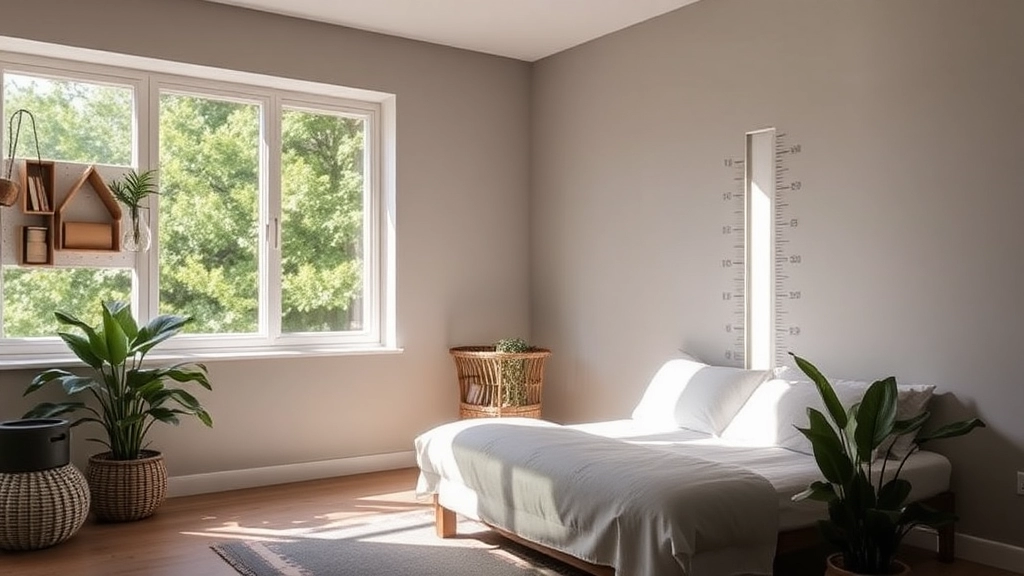
So, you’ve got your Kalanchoe Pink Butterflies and you’re probably wondering, “What’s the ideal environment for my plant to thrive?”
Let’s dive right in.
Light Requirements
Kalanchoe Pink Butterflies love bright, indirect sunlight. Here’s how to get it just right:
- Direct Sunlight: Avoid placing them in harsh, direct sun for long periods. It can scorch those lovely leaves.
- Bright Indirect Light: A south or east-facing window is perfect. They’ll soak up the light without the risk of burning.
- Low Light: If they’re not getting enough light, they may become leggy and lose their vibrant colour.
Temperature Preferences
Temperature plays a huge role in keeping your Kalanchoe happy. Here’s what to keep in mind:
- Ideal Range: Aim for 18°C to 24°C (65°F to 75°F). They love warmth!
- Avoid Cold Drafts: Keep them away from chilly windows or doors. Sudden drops in temperature can stress them out.
- Winter Care: If it’s getting too cold, consider bringing them indoors if they’ve been outside.
Why It Matters
Getting the light and temperature right is crucial for blooming and overall health.
If you notice your plant stretching towards the light or its leaves dropping, it might be time to reassess its spot.
Watering Techniques to Avoid Common Mistakes
When it comes to caring for your Kalanchoe Pink Butterflies, watering is often a source of confusion.
Many plant enthusiasts worry about overwatering or underwatering, which can lead to significant health issues for your plant.
Key Watering Techniques:
- Check the Soil Moisture:
- Before watering, insert your finger about an inch into the soil.
- If it feels dry, it’s time to water.
- If it’s still damp, hold off for a few days.
- Watering Frequency:
- During the growing season (spring and summer), water every 1-2 weeks.
- In the dormant months (autumn and winter), reduce this to once every 3-4 weeks.
- Watering Method:
- Water deeply but infrequently.
- Ensure water drains out of the pot’s bottom to prevent root rot.
- Use Room Temperature Water:
- Cold water can shock the plant.
- Always aim for water that’s at room temperature.
- Observe Your Plant:
- Yellowing leaves may indicate overwatering.
- Wrinkled leaves can signal underwatering.
For more detailed care tips, check out our guide on Kalanchoe Pink Butterflies toxicity and safety tips and our optimal watering tips for healthy florist Kalanchoe.
Choosing the Best Soil for Optimal Growth
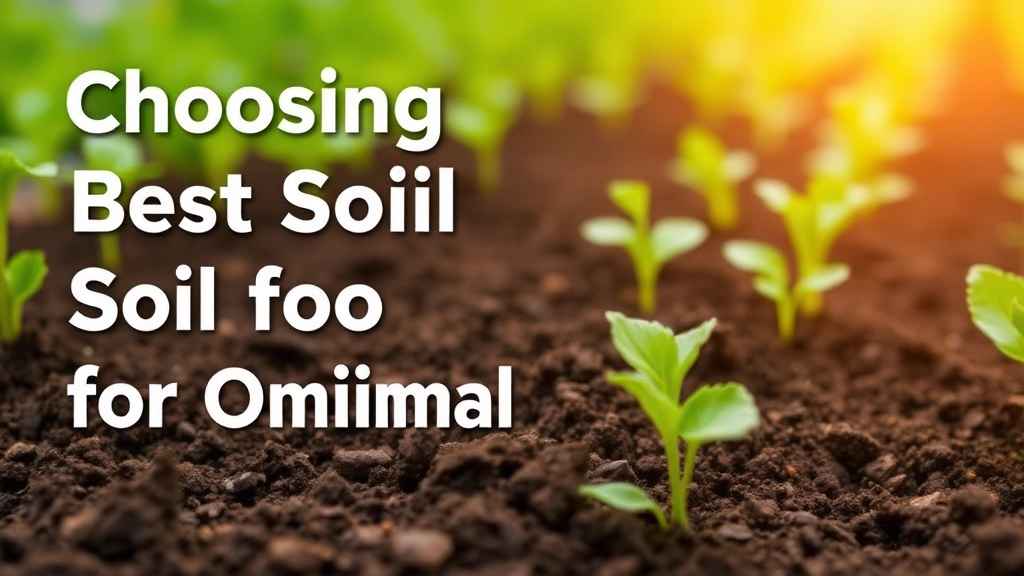
When it comes to nurturing your Kalanchoe Pink Butterflies, the right soil choice is crucial. Many plant enthusiasts often overlook this aspect, leading to less than optimal growth.
What Soil is Best?
- Well-Draining Mix: Kalanchoe thrives in soil that drains well. A mix designed for succulents or cacti is ideal. Look for a combination of:
- Perlite: This helps aerate the soil and promotes drainage.
- Sand: Coarse sand can enhance drainage further.
- Organic Matter: A small amount of compost can provide essential nutrients without retaining too much moisture.
- pH Levels: Aim for a slightly acidic to neutral pH, ideally between 6.0 and 7.0. This range supports nutrient uptake and overall plant health.
- Avoid Heavy Soils: Steer clear of heavy potting mixes that retain moisture. These can lead to root rot, a common issue with Kalanchoe.
- Pre-Mixed Options: If mixing your own soil seems daunting, many garden centres offer pre-mixed succulent soils that are ready to use.
Tips for Soil Maintenance
- Check for Compaction: Over time, soil can compact, reducing drainage. Gently aerate the top layer if needed.
- Refresh Regularly: Consider refreshing your soil every couple of years to replenish nutrients.
How to Propagate Kalanchoe Pink Butterflies Successfully
When it comes to expanding your collection of Kalanchoe Pink Butterflies, propagation is a rewarding and straightforward process. Many plant enthusiasts worry about the best methods to ensure successful growth, but with the right approach, you can easily create new plants from your existing ones.
Common Pests and How to Prevent Them
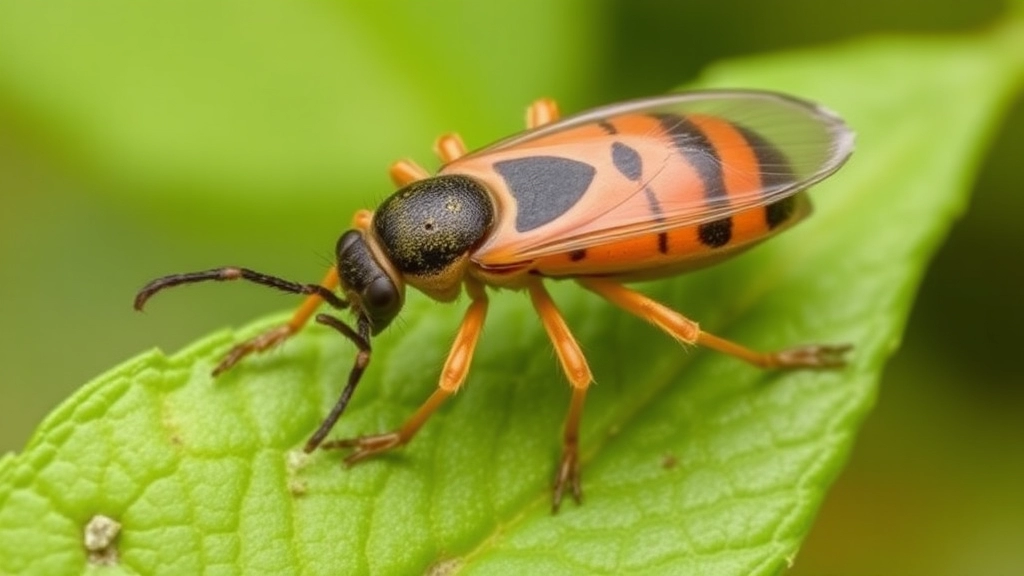
So, you’ve got your Kalanchoe Pink Butterflies thriving, and then you notice some little critters invading your plant. It’s frustrating, right? Let’s dive into the common pests that can plague your lovely plant and how to keep them at bay.
Common Pests to Watch For
- Mealybugs
These fluffy white pests love to hide in the leaf joints. They suck the sap from your plant, leading to stunted growth. - Aphids
Tiny green or black bugs that gather on new growth. They can cause leaves to curl and yellow. - Spider Mites
Look for fine webbing on your plant. They thrive in dry conditions and can cause significant damage. - Scale Insects
These look like small brown bumps on the stems and leaves. They also feed on sap, weakening your Kalanchoe.
Prevention Tips
Keeping your Kalanchoe pest-free is easier than it sounds! Here’s how:
- Regular Inspections
Check your plant weekly for any signs of pests. Early detection is key! - Proper Airflow
Ensure your plant isn’t overcrowded. Good airflow helps prevent infestations. - Water Wisely
Overwatering can attract pests. Make sure your Kalanchoe has well-draining soil. - Neem Oil Spray
A natural pesticide that works wonders. Just mix with water and spray on affected areas. - Insecticidal Soap
Another effective option. It suffocates pests on contact.
Creating a Healthy Environment
A healthy plant is less likely to attract pests. Keep your Kalanchoe in ideal light and temperature conditions, as mentioned earlier.
Pruning and Maintenance for Healthier Growth
When it comes to ensuring your Kalanchoe Pink Butterflies thrive, pruning and maintenance are vital. You might wonder, “How do I keep my plant looking its best?” or “Is pruning really necessary?” The answer is a resounding yes. Pruning not only enhances the plant’s appearance but also promotes healthier growth.
Repotting Your Kalanchoe: When and How
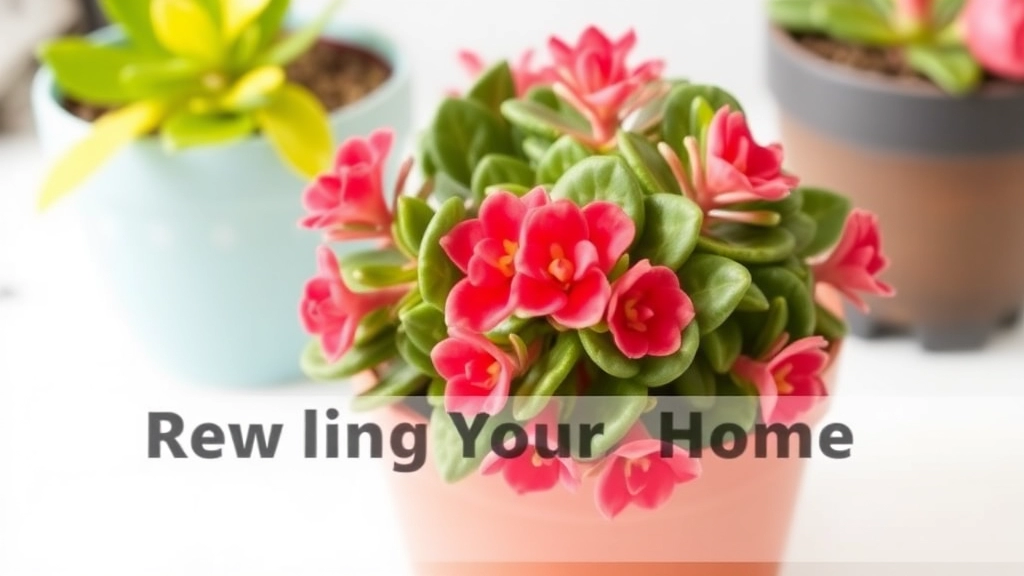
So, you’ve been nurturing your Kalanchoe Pink Butterflies, and now you’re wondering, “When should I repot this beauty?”
Repotting can feel a bit daunting, but it’s essential for keeping your plant healthy and thriving.
When to Repot:
- Growth Spurts: If you notice your Kalanchoe outgrowing its pot, it’s time. Look for roots poking out of the drainage holes or if it seems top-heavy.
- Soil Depletion: If the soil looks compacted or has lost its nutrients, a fresh mix can do wonders.
- Pest Issues: If you spot pests in the soil, repotting can help you start fresh.
How to Repot:
- Choose the Right Pot: Opt for a pot that’s 1-2 inches larger in diameter than the current one. Ensure it has good drainage.
- Prepare Fresh Soil: A well-draining succulent or cactus mix is perfect for Kalanchoe.
- Gently Remove the Plant: Carefully take your Kalanchoe out of its pot. Loosen the roots gently if they’re bound.
- Inspect the Roots: Trim any dead or rotting roots. Healthy roots should be white or light tan.
- Add Soil: Place a layer of fresh soil in the new pot, then position your Kalanchoe in the centre. Fill in around the sides, ensuring it’s stable.
- Water Sparingly: After repotting, wait a week before watering to allow the roots to settle.
Repotting isn’t just about giving your Kalanchoe more room; it’s about rejuvenating its environment.
Troubleshooting Common Growth Issues
As we delve deeper into caring for your Kalanchoe Pink Butterflies, it’s crucial to address some common growth issues that may arise. Many plant enthusiasts often find themselves puzzled when their beloved Kalanchoe isn’t thriving as expected. Let’s explore some of these challenges and how to overcome them.
1. Yellowing Leaves
Possible Causes:
- Overwatering
- Nutrient deficiencies
- Poor drainage
Solutions:
- Check the soil moisture; allow it to dry out between waterings.
- Consider a balanced fertiliser to replenish nutrients.
- Ensure your pot has adequate drainage holes.
2. Drooping Stems
Possible Causes:
- Underwatering
- Root rot
Solutions:
- Water your plant thoroughly, ensuring the soil is evenly moist.
- If you suspect root rot, remove the plant from its pot and inspect the roots. Trim any blackened or mushy roots.
3. Stunted Growth
Possible Causes:
- Insufficient light
- Root-bound conditions
Solutions:
- Place your Kalanchoe in a bright, indirect light spot.
- If the roots are tightly packed, consider repotting into a larger container.
4. Leaf Drop
Possible Causes:
- Temperature fluctuations
- Stress from relocation
Solutions:
- Maintain a consistent temperature, ideally between 18-24°C.
- Allow your Kalanchoe time to adjust after moving it to a new location.
5. Flowering Issues
Possible Causes:
- Lack of light
- Improper pruning
Solutions:
Tips for Growing Kalanchoe Pink Butterflies Indoors and Outdoors
Are you wondering how to give your Kalanchoe Pink Butterflies the best chance to thrive, whether inside or outside? You’re not alone! Many plant lovers face the challenge of finding the perfect environment for their plants.
FAQs on Kalanchoe Pink Butterflies Succulent
What type of light does Kalanchoe Pink Butterflies need?
Kalanchoe Pink Butterflies thrive in bright, indirect sunlight. Avoid placing them in direct sunlight for long periods as it can scorch their leaves. A south or east-facing window is ideal.
What is the ideal temperature range for Kalanchoe Pink Butterflies?
The ideal temperature range for Kalanchoe Pink Butterflies is between 18°C to 24°C (65°F to 75°F). Keep them away from cold drafts and sudden temperature drops.
What kind of soil is best for Kalanchoe Pink Butterflies?
A well-draining soil mix designed for succulents or cacti is best. Look for a combination of perlite, coarse sand, and a small amount of organic matter. Aim for a slightly acidic to neutral pH between 6.0 and 7.0.
How often should I repot my Kalanchoe Pink Butterflies?
Repot your Kalanchoe Pink Butterflies when you notice growth spurts, soil compaction, or pest issues. Typically, this may be every couple of years.
What are common pests that affect Kalanchoe Pink Butterflies?
Common pests include mealybugs, aphids, spider mites, and scale insects. Regular inspections and proper care can help prevent infestations.
How can I prevent pests on my Kalanchoe Pink Butterflies?
Prevent pests by conducting regular inspections, ensuring proper airflow, watering wisely, and using natural pesticides like neem oil or insecticidal soap.
Why is my Kalanchoe Pink Butterflies becoming leggy?
If your Kalanchoe Pink Butterflies is becoming leggy, it may not be getting enough light. Ensure it is placed in a spot with bright, indirect sunlight.
What should I do if my Kalanchoe Pink Butterflies’ leaves start dropping?
If the leaves start dropping, reassess the light and temperature conditions. Make sure it is not exposed to cold drafts and is receiving adequate light.
How should I water my Kalanchoe Pink Butterflies after repotting?
After repotting, wait a week before watering to allow the roots to settle. Water sparingly to avoid root rot.
Can I use regular potting soil for my Kalanchoe Pink Butterflies?
It is not recommended to use regular potting soil as it retains too much moisture. Opt for a well-draining succulent or cactus mix to prevent root rot.
References
-
Kalanchoe Pink Butterflies Care Guide – The Spruce
-
How to Grow and Care for Kalanchoe Pink Butterflies – Gardening Know How
-
Kalanchoe Pink Butterflies: Complete Care Guide – Houseplant Central
